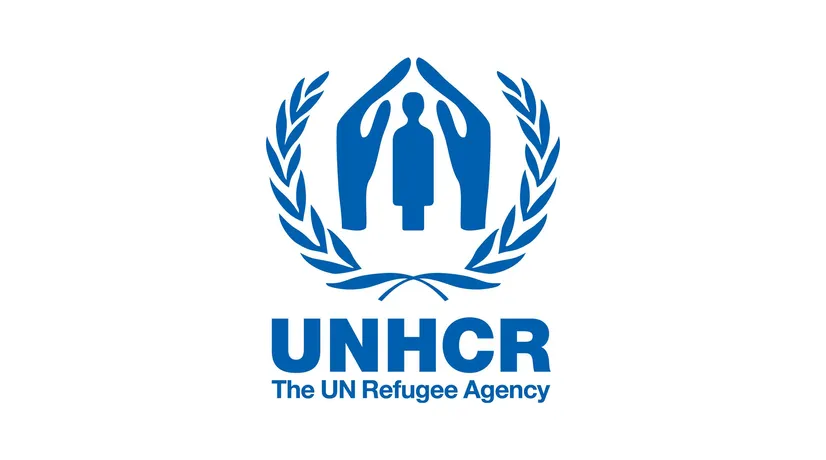Myanmar Emergency Update (as of 6 September 2022)
16 September 2022

HIGHLIGHTS
The security situation in Myanmar continued to deteriorate during the reporting period, resulting in an uptick in displacement. As of 6 September 2022, there were an estimated 1,312,000 internally displaced people (IDPs) across the country, including 982,000 people who have been newly displaced within the country since 1 February 2021.
In the South-East, indiscriminate shelling, armed clashes and landmines continued to affect civilians. Security checks, curfews, roadblocks and arbitrary arrests have also negatively impacted people’s freedom of movement. Displaced families remain particularly vulnerable and exposed to numerous risks due to a shortage of appropriate shelter. A lack of food and essential medicines are concerns in Kayah and Kayin States and Bago (East) Region. Despite ongoing response efforts, access constraints have seriously hampered humanitarian interventions.
In Rakhine State (Central) and Chin State (South), rising tensions and armed clashes caused new displacement. Internally displaced families in Paletwa, Chin State, are in urgent need of assistance although efforts are ongoing to ascertain displacement in all areas affected by conflict. Increased arrests and checkpoints on roads and waterways have been reported and are impacting communities’ security and freedom of movement. Tighter restrictions on the transportation of goods and freedom of movement have also been noted in villages in Maungdaw, Rakhine State (North), which face a shortage of food, medicines and other essential items.
In the North-West, the situation is increasingly volatile. Active armed clashes and security operations in various townships in Sagaing and Magway Regions continue to trigger displacement with most displaced communities living in informal displacement sites. Increased checkpoints have also been reported. With the price of fuel and other commodities rising, many are at risk of becoming more isolated due to access challenges.
In Kachin and Shan (North), tensions were high in many townships due to armed clashes. In urban areas such as Hpakant and Myitkyina, explosive devices featured heavily in armed conflict incidents. Drug trade, robberies, thefts and burglaries are also reportedly on the rise in urban areas.
Announcements
28 February 2025
Asian NGO Network on National Human Rights Institutions , CSO Working Group on Independent National Human Rights Institution (Burma/Myanmar)
Open letter: Removal of the membership of the dis-accredited Myanmar National Human Rights Commission from the Southeast Asia National Human Rights Institution Forum

Progressive Voice is a participatory rights-based policy research and advocacy organization rooted in civil society, that maintains strong networks and relationships with grassroots organizations and community-based organizations throughout Myanmar. It acts as a bridge to the international community and international policymakers by amplifying voices from the ground, and advocating for a rights-based policy narrative.